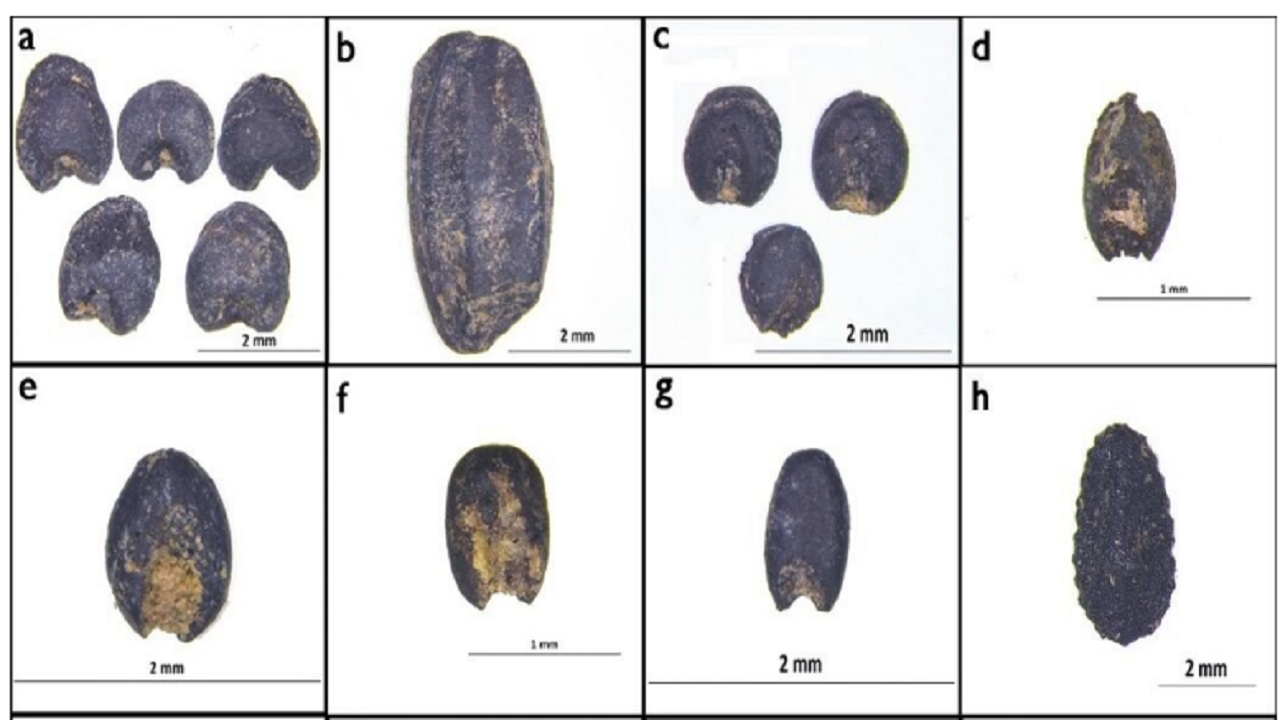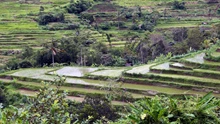
Prof. Yang Yuzhang and his research team from the University of Science and Technology of China investigated changes in human subsistence strategies and agricultural practices during the Yangshao culture period (around 6400-5300 years ago) at the Changge Shigu prehistoric site.
The study, published in Archaeological and Anthropological Sciences, focused on the shift towards agricultural production in various Chinese civilizations during the middle and late stages of the Yangshao culture (approximately 6000-5000 years ago).
The Central Plains region, covering parts of Henan and Shanxi, was crucial for the early development of Chinese civilization due to agricultural advancements over 6,000 years. However, uncertainty exists about the exact timeline and progress of agriculture during the Yangshao period due to a lack of reliable plant remains and chronological data. To address this, researchers utilized charred plant remains and precise AMS radiocarbon dating to study this period.
The results indicated that during the Yangshao culture era at the Shigu archaeological site, identifiable charred plant remains recovered from soil samples using flotation techniques predominantly consisted of three main crops: broomcorn millet, foxtail millet, and rice. Alongside these, several varieties of field weed seeds were present, with crops having a more significant presence. Among these, rice constituted a smaller proportion in comparison to millet. The majority of weed seeds belonged to the grass family.
The research also unveiled that the ancestors of the Shigu site primarily depended on cultivating dryland crops, specifically two types of millets, as their primary plant-based food sources. This agricultural approach became the central means of sustaining the economy in the Central Plains region approximately 6,400 years ago.
Over a span of 6,000 years since the inception of the Yangshao culture, there has been a noticeable decline in the presence of rice and a clear emergence of millets as the dominant crops, attributed to worsening climate conditions during that time. This study is groundbreaking as it clarifies the exact timing of the development of the prehistoric agricultural economy in the Central Plains, a pivotal region in the birth of Chinese civilization.
It also provides insights into the changing economic structures of rice and millet cultivation and the potential driving forces behind these shifts during the Yangshao culture period (around 7000-5000 BP) in the studied area. These findings are crucial for understanding the evolution of subsistence strategies, agricultural economies, and the origins of civilization in the Central Plains region.









